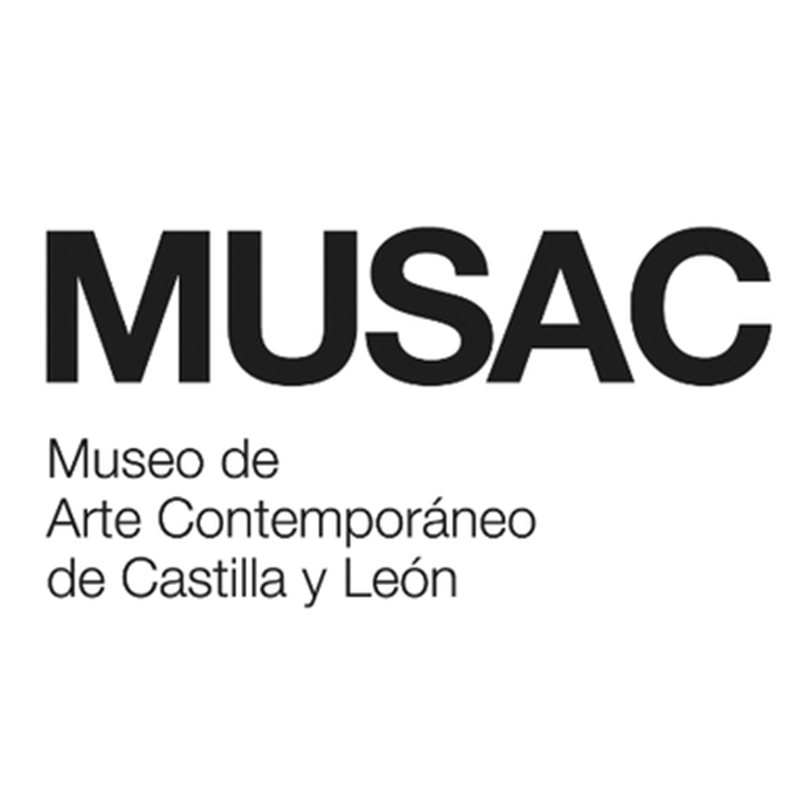 MUSAC Gallery
MUSAC Gallery
The exhibition YZ Kami: In a Silent Way / In a Silent Way presents a summary of the career of the Iranian-American painter YZ Kami (Tehran, Iran, 1956), including more than thirty years of his extraordinary portraits of people, his images of buildings, both sacred and domestic, a sculptural installation, and recent works of dreamlike abstractions. At a time when the world is facing an unprecedented crisis of the body as a mortal element, Kami's works contemplate bodies with an ethereal calm, reflecting a philosophical sentiment of meditation on the inner and outer being.
Kami's portraits are of ordinary people, looking forward determinedly, but their magnificent solemnity gives them a powerful and often mystical memorial quality. In his work Of him Untitled (18 portraits)[Untitled (18 Portraits)] (1994-1995), for example, the group of pensive faces, which seem to look us directly in the eye, evokes the Fayum tomb portraits painted approximately two thousand years ago in Roman Egypt. His colors here, as in all of his work, are muted, withdrawn, and the figures are isolated in an ethereal space. While Kami's painting style has evolved into large pictures, the images have become slightly blurred, varnished with a light through which they appear less subject to gravity, despite their scale, and offer an extraordinary sense of calm and silence, almost as if they were seeking to shed the body and all sense of time.
This sense of tension between the earthly and the transcendent in Kami's work can also be seen in his paintings of architectural structures, which sometimes combine painted portraits with photographs of buildings; some brick and stone buildings that are full of time and memories. This is the case, for example, with Tierra seca [Dry Land] (1999-2004), a composition of twenty-two small-scale portraits, arranged between photographs of buildings in Detroit at the end of the 20th century, when the city was in a state of devastation after years of turmoil and poverty. The photograph combines faces and facades, in both cases offering a feeling of being in front of surfaces worn by the passage of time. Another work, Konya(2007), shows details of the mausoleum of the great 13th-century Persian poet Jalal al-Din Rumi, while adding, ascending, a series of photographs culminating in the pinnacle, next to which is an oil portrait of the late scholar Mahin Tajadod, student of the figure of Rumi, woman of letters and good friend and mentor of the Kami himself. Her figure thus appears in ascending commemoration, rising towards the sky.
Along with these works of an architectural nature, a unique sculptural piece is included, Rumi, el libro de Shams e Tabrizi (In memory of Mahin Tajadod) [Rumi, The Book of Shams E Tabrizi (In Memory of Mahin Tajadod)] (2005) , in which various verses by Rumi in which he pays homage to his teacher Shams, and his teachings on love and devotion, are arranged radially. This circular shape is taken up by Kami in his black and white dome paintings, as well as in the series of works on paper Infinite Prayers[Endless Prayers]. Both examples reflect the sacred architecture of the domes of mosques and temples, which generally represent the sky, while invoking the ecstatic movement of Sufi whirling dervishes, also present in Rumi's poetry.
In recent years, a sudden change in direction in Kami's work has led to what the artist himself calls Night Paintings. These works abound in the desire to abandon the body, but this desire is now fully materialized, by showing us diaphanous and abstract forms that float in a limitless space, illuminated at night, as in a dream beyond time, where the figures they have completely disappeared. But two other works located at the end of the exhibition materialize a return to the body and time, a return to history, although they also suggest a certain state of ecstasy and absence. The Great Swan (2018) retains the dreamlike palette of the Night Paintings, with that blur that is already familiar to us and that evokes the unstable condition of the material world. The central figures are only half visible, again as if it were a dream. The image represented here is that of the Indian and Hindu mystic Sri Ramakrishna in 1879, an invocation to transcendence, to rise up out of oneself. This penultimate image derives from the last and most recent work included in the exhibition: simply titled Mensajero [Messenger] (2021), it is a small-format painting in which, for the first time in the more than thirty years of work by the artist, we only see the person from behind, without him fixing his gaze on us. This mysterious, spectral figure, walking with a cane in his hand, travels towards an unknown landscape.
